Epidemic: is the best term to define the diabetes. According to the estimates of the World Health Organization they suffer from this disease 400 million people, which will become 600 million in 2035. The cause? «Wrong habits that are apparently inextricable», replies Dr. Elena Meli, biologist and author of the book The anti-diabetic diet (see below).
“We eat badly, to begin with. We are surrounded by high-calorie food, accessible anywhere and at any time, advertised at any time and experienced by many as an anti-stress.
Not to mention the sedentary rampant.
So there is a large chunk of the population with the glycemia at the limit, therefore at a very high risk of developing the disease. But the high blood sugar level can actually be prevented and controlled - that's enough move more and, above all, to eat better ».
Here then is explained in detail anti-diabetes diet, also making use of the advice of Dr. Federica Piccolino, nutritionist biologist.
It also serves against obesity
«Excessive consumption of sugars raises the glycemia and prompts the pancreas to produce large amounts of insulin, a hormone that causes glucose to enter cells to be burned for energy. A part of the unused one is stored in the adipose tissue.
A prolonged production of insulin therefore leads to a vicious circle that predisposes not only to the onset of 2 type diabetes, but also to put on weight: the excess sugars are not burned, but stored and transformed into fattening.
In addition, the ups and downs of insulin increase the feeling of hunger and encourage us to eat more », explains Dr. Piccolino. To keep blood sugar constant, the first move at the table is to give priority to foods that have a low glycemic index (GI).
"This value indicates the speed with which a food that contains carbohydrates raises the level of sugar in the blood and consequently the secretion of insulin," explains our specialist.
"The White bread, which also acts as a "touchstone" for other foods, has a 100% glycemic index, but in the higher range (from 70% upwards) you will also find potatoes, flour, grapes and bananas, which therefore induce a higher increase in blood sugar.
Pasta (including fresh), parboiled rice, oranges and peaches are in the intermediate range (69-55%), while legumes, whole grains, apples and pears are in the lowest one (from 55% down) ».
Reverse the menu: start with fiber and protein
To keep blood sugar levels stable in the hours following a meal you must then reverse the order of the dishes. A study conducted by the Department of Clinical and Experimental Medicine of the University of Pisa has shown that eating fiber and protein first in the main meals in which carbohydrates are present (for example pasta) is a "trick" capable of determining a significant reduction in post-prandial blood sugar.
«The soluble fibers that vegetables are rich in absorb a lot of water and thus form a sort of gel that makes carbohydrates less accessible to digestive enzymes, reducing and slowing down their absorption in the intestinal tract.
Furthermore, the fibers they are also prebiotics, that is, they favor the growth of the intestinal microbiota to which several studies have recognized a central role in the protection ofinsulin resistance »Says the specialist.
Other tips to reduce sugar absorption: combine a fruit to a protein food such as milk or yogurt; for lunch and dinner, on the other hand, associate the vegetables to a portion of proteins (lean meat, fish, eggs, less fat cheeses, legumes, soy).
Eat carbohydrates at the right time
"Even if carbohydrates are the ones that most influence blood glucose values, they should not be eliminated at all because they are the most important source of energy, the one destined for the brain », continues the expert.
So that they serve without harming, introduce a good amount of it in every meal of the day, then three times a day, with a preference for breakfast and then reduce them gradually in subsequent meals.
«Focus on complex carbohydrates: compared to simple carbohydrates (biscuits, sweets, snacks, etc.) they require more time to be transformed into glucose, with less risk of blood sugar spikes. You can find them for example in vegetable (chickpeas, lentils, beans, soybeans, peas) and cereals (corn, oats, barley, rice), even better if integrals».
Pay attention not only to white sugar
In addition to dosing the one used in cooking or in coffee, also consider the sugar present in sweets, drinks, snacks, biscuits. "Also because it is rapidly absorbed by the body and easily and quickly causes a high glycemic response", explains Dr. Federica Piccolino.
It is also often hidden in "unsuspected" foods such as yogurt, ready-made soups, breakfast cereals: «Always check the labels of the products you buy, looking for the wording" sugar free ".
And be careful: often the sucrose is replaced by sweeteners such as saccharin or aspartame which, despite having an energy contribution almost equal to zero, on the secretion of insulin have the same effect as sugar ».
Yes' also to fruit, but with these indications
“Choose less sweet varieties like apples, pears, cherries, berries, peaches, apricots. And eat these fruits if possible with the peel, so as to make a greater quantity of fibers.
Instead, consume more sparingly those that have a higher glycemic index such as bananas, persimmons, grapes, figs, exotic fruit, watermelon, melon », suggests Dr. Piccolino.
Then pay attention to the degree of ripeness: the ripe fruit causes rapid absorption of sugars. And to lower the glycemic index anyway, eat it as snack in combination with proteins and good fats of dried fruit or as dessert at the end of a meal in which vegetables are present.
«The advice is not to exceed the two servings a day, equal to about 100-150 grams one, »concludes the expert.
Find out below the save blood glucose menu.

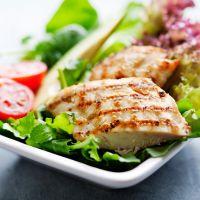
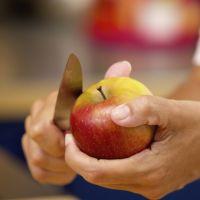
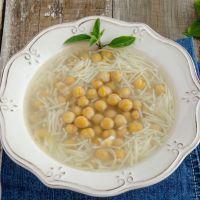
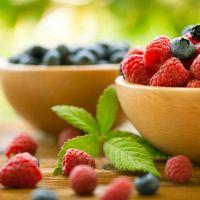

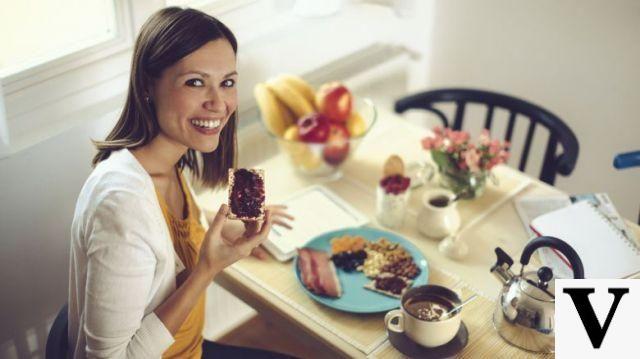
1. Breakfast
Start with a fruit (avoiding those with a higher glycemic index, such as bananas or figs) and with dairy products, for example with a small portion of milk or yogurt.
Yes to wholemeal bread, with a veil of jam or honey if you like sweet (it's an exception to the rule that you can indulge in early in the morning), or a spoonful of ricotta if you prefer salty. For an extra dose of energy you can eat a handful of dried fruit shell or oilseed.
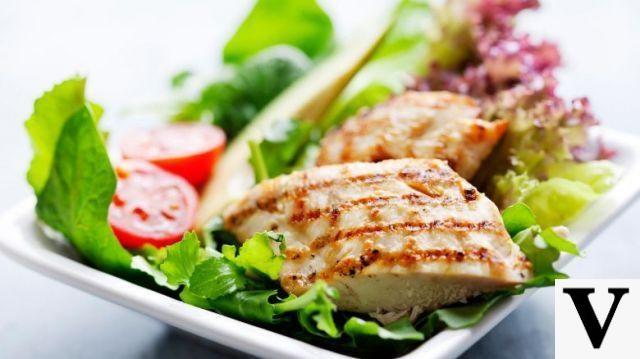
2. Lunch
Start with a pinzimonio or a plate of vegetables, raw or cooked, dressed with extra virgin olive oil and oil seeds to taste. Then eat the proteins, for example a plate of white meat or fish.
Go ahead and then a wholemeal pasta or rice, dressed with vegetable sauces and always extra virgin olive oil. No dessert: you can indulge in a fruit-based dessert, with no added sugar, just every now and then.
Instead of first and second you can consume a single dish with fibers and proteins, with small portions (max 80 g of pasta).
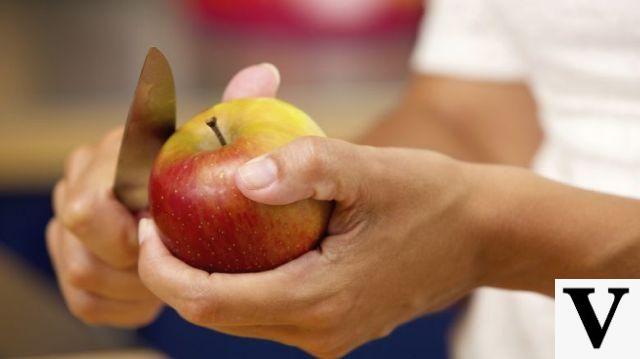
3. Snack
If you get hungry between meals, put the peckish to rest with 3 walnuts or 1 tablespoon of seeds oily (sunflower, flax, hemp): satiate and provide beneficial Omega 3 fatty acids.
Or eat a low glycemic index fruit: yes a apples, pears, blueberries, blackberries, raspberries, peaches, apricots and cherries.
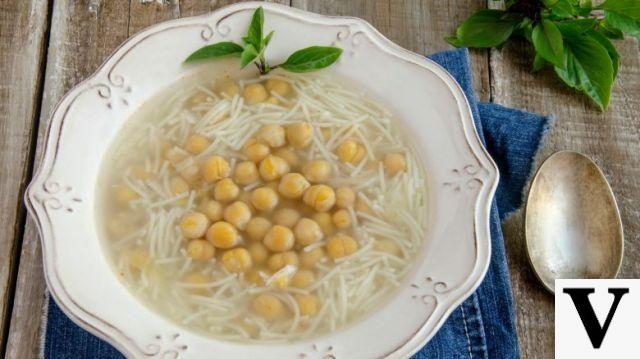
4. Price
Always start with protein and fiber thanks to a garnish and a second dish: for example a boiled egg cut into slices in a salad or a plate of legumes dressed with extra virgin olive oil and spices.
Ok also to fish. Carbohydrates are needed, but the portion should be kept to a minimum: a slice of black bread. If you bring legumes to the table, you can accompany them with wholemeal biscuits (or rye croutons) or eat them in a soup topped with a teaspoon of extra virgin olive oil, in which there is a whole grain cereal such as barley or oats.
Avoid sweet: if you want to "pamper yourself", focus on a small dose of dried fruit shell.
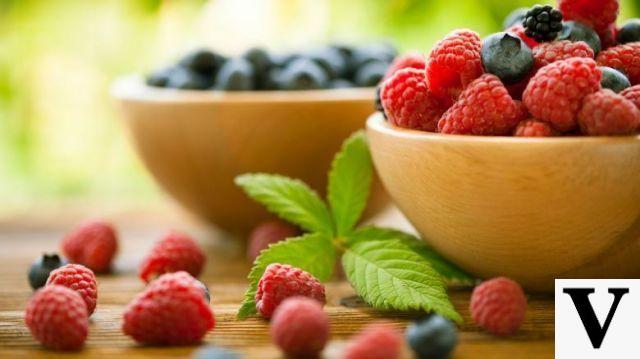
A typical day
At breakfast
• 1 whole white yogurt;
• 2 apricots;
• 30 g of oatmeal natural.
At lunch
• Mixed salad;
• 80 g of Venus rice with zucchini and prawns, dressed with 2 teaspoons of extra virgin olive oil.
At dinner
• Seasonal grilled vegetables;
• 1 slice of wholemeal or rye bread;
• 150 g of Cod At Husk;
• 2 teaspoons of extra virgin olive oil.
Snacks
• A mixed berries fruit salad with 4-5 almonds or 20 g of parmesan.


























